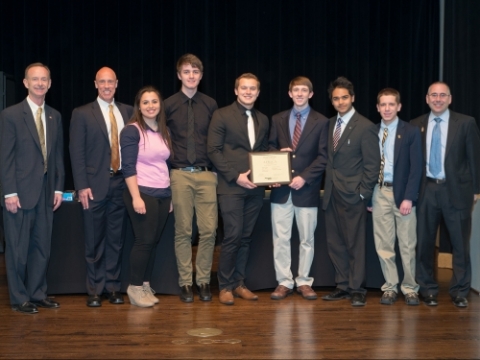Malaria is a potent disease. The severity of a case of malaria is strongly correlated with the parasite density in the victim’s blood. Therefore, parasite densities are one of the most valuable tools in determining the optimal course of treatment, but many low cost diagnostic tools such as Rapid Diagnostic Tests (RDTs) do not provide this critical information. As such, the most accurate method for determining parasite density is microscopy. However, this is expensive and time consuming as it requires a trained technician.
We propose to develop a cheap, reliable device that can perform a microscopy based diagnosis without requiring a human technician. By utilizing computer vision and machine learning algorithms running on a lowcost, lowpower computer inside the device, the system will be able to determine not only whether malaria is present or not, but also the density of parasites in the sample. This will allow physicians in developing countries to determine the most effective method of treatment at a very low cost per case, greatly improving patient outcomes in these areas.


